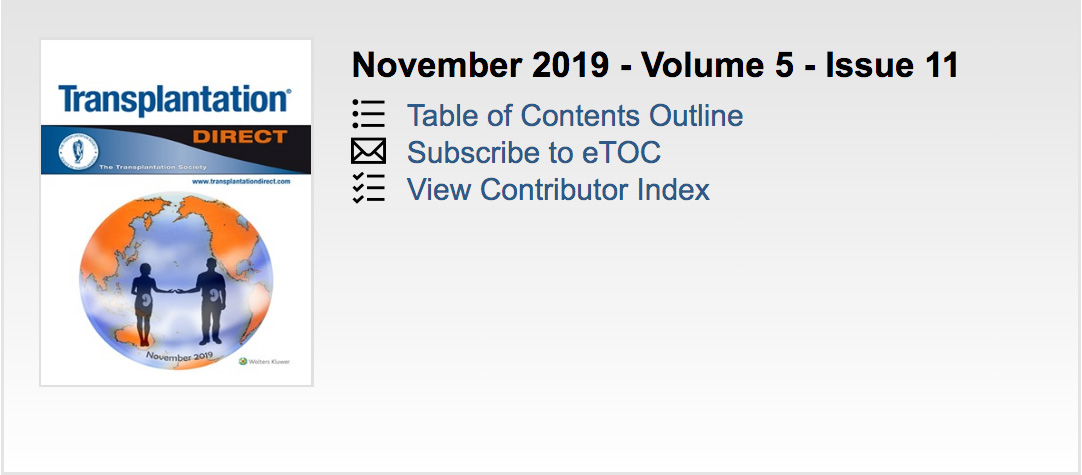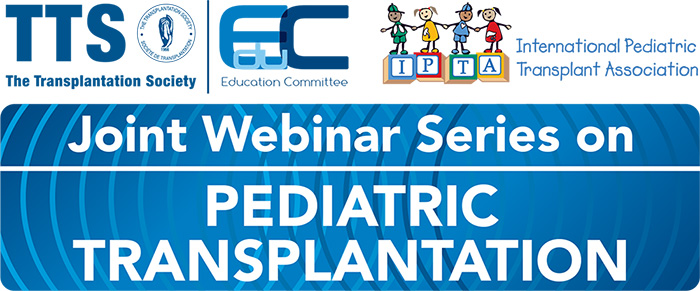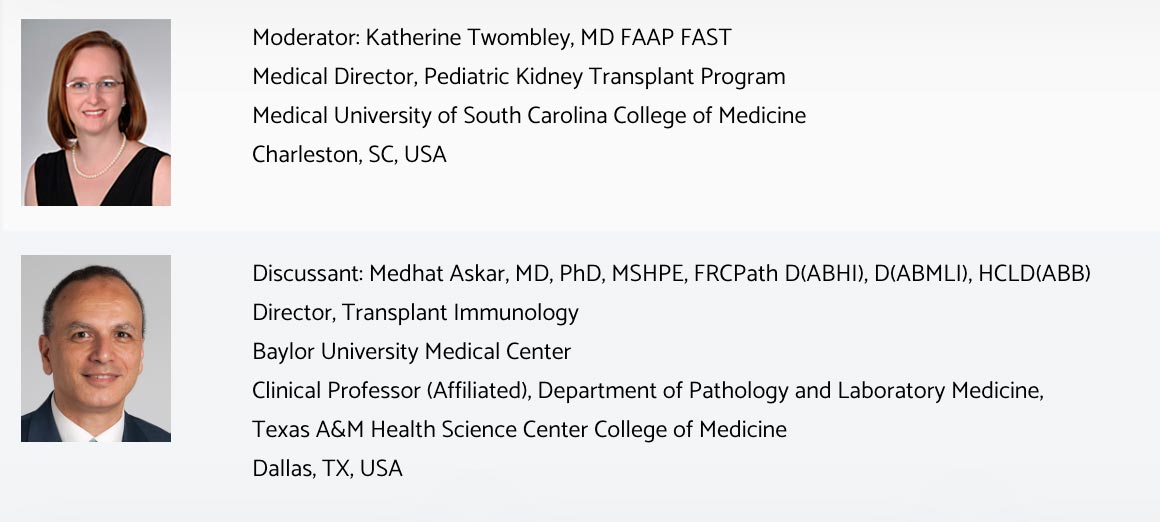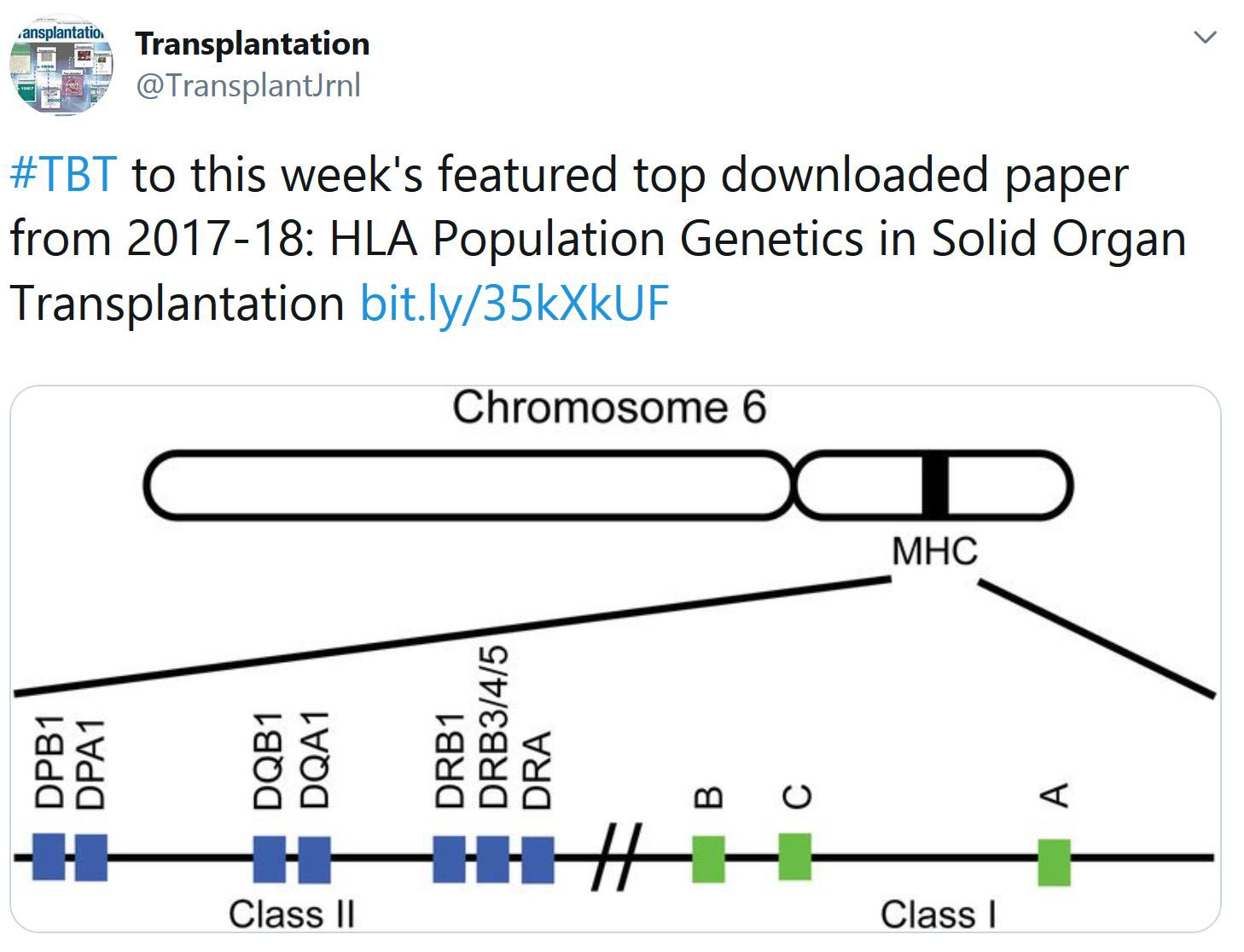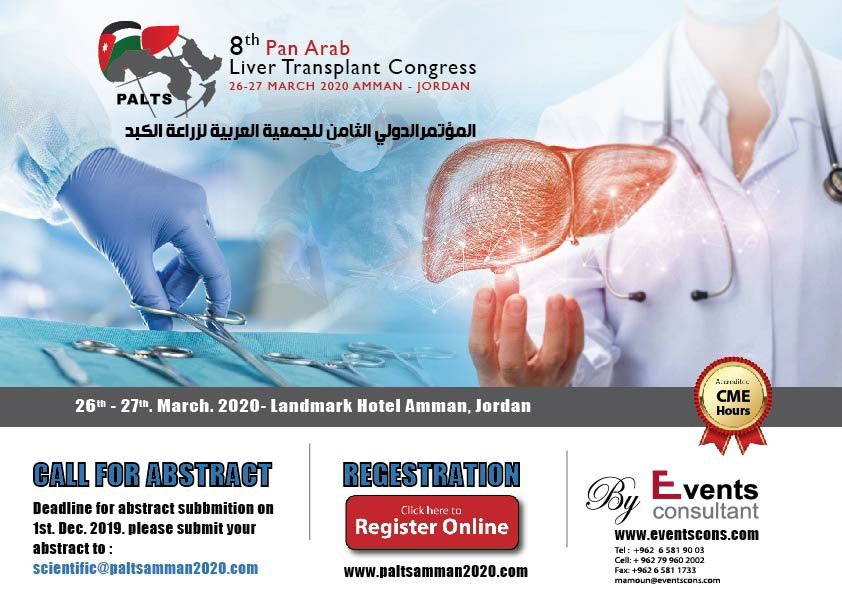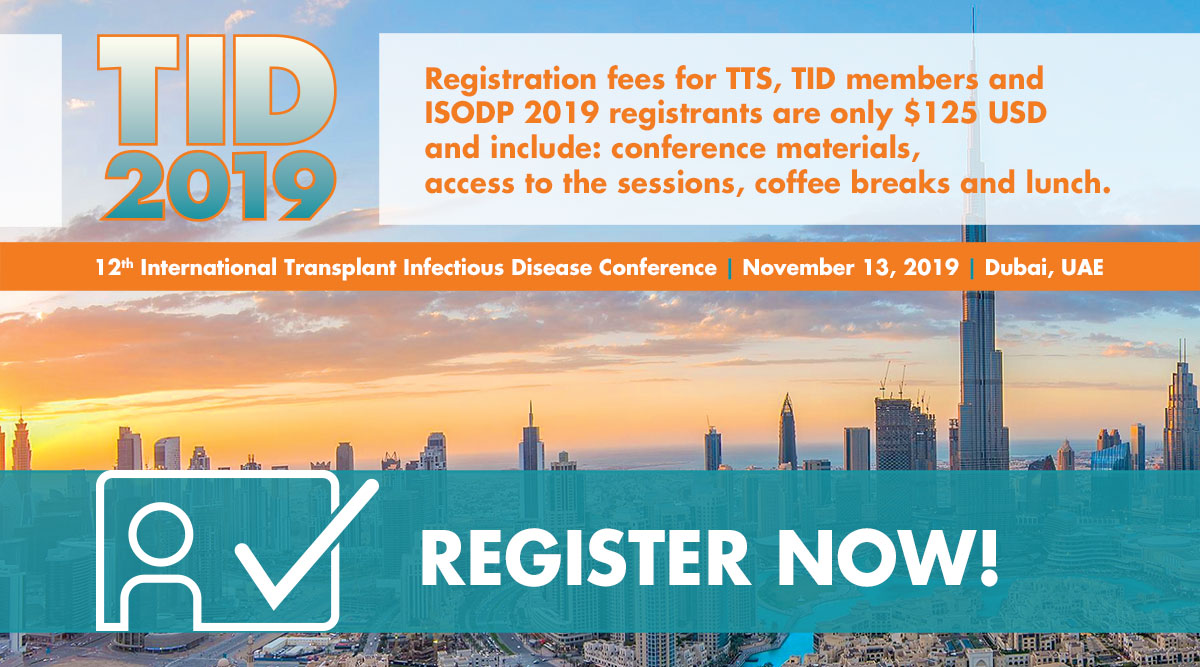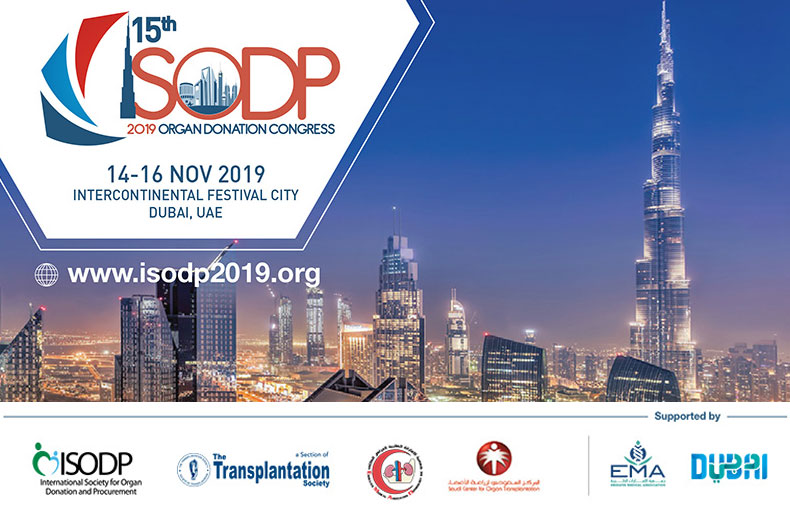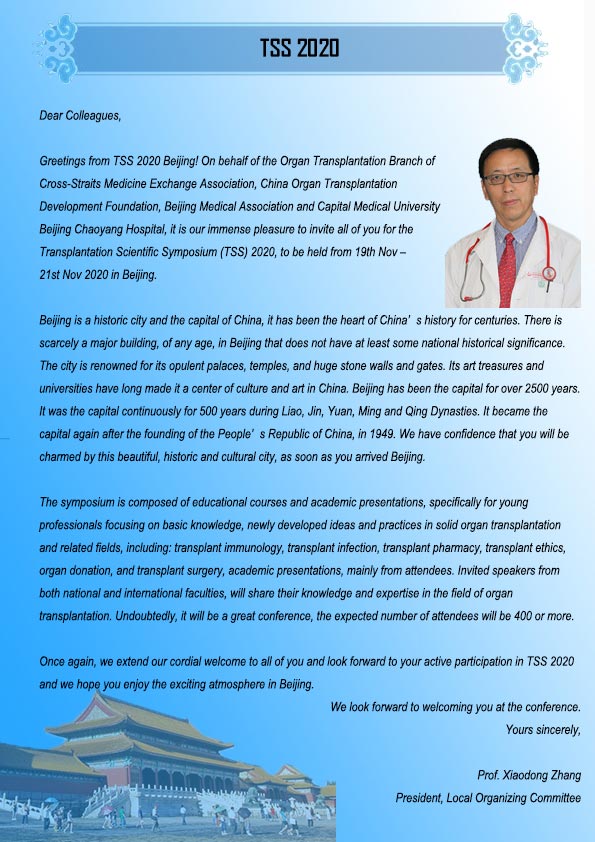
JUST RELEASED - TRANSPLANTATION DIRECT - NOVEMBER ISSUE
The November issue of Transplantation Direct offers articles on a wide variety of topics. Among the topics are rejuvenation of discarded human kidneys with normothermic machine perfusion, assessment of IL-6 and IL-10 as indicators of pediatric kidney cellular or antibody-mediated rejection, and the development of a Kidney Transplant Derailers Index to identify patients at risk for not receiving a transplant. An interesting animal welfare kidney autotransplantation model is also presented in the context of extended warm ischemia. Related to organ donation we have studies on caution to be taken when assessing potential lung transplants for malignancies, and the possible benefits of selecting restored kidneys after cancer excision for transplantation when using "wide" tumor criteria. We also publish a study on better identifying comorbidity burden that can help rule out donation to improve efficiency of the organ referral process. In liver transplantation, we publish a report comparing supraceliac versus infrarenal aortic conduits with respect to affecting posttransplant renal function. In the basic science section, use of IGF-1 to support adult brown adipose tissue transplants for reversing type-1 diabetes is tested in mice. These articles are available to all by open-access via the Transplantation Direct website - we welcome you to visit online!
FRIDAY, NOVEMBER 22 - WEBINAR ANNOUNCEMENT
TITLE: EPITOPE MATCHING
FRIDAY, NOVEMBER 22, 2019 - 1:00 PM EST (MONTREAL TIME)
Objectives:
There are many new advances in the HLA world, and these technologies are developing at a rate faster than we know how to use them clinically. This session will examine the current evidence for and against epitope matching as well as review what is needed for future studies.
TRANSPLANTATION DIRECT - HIGHLIGHTED ARTICLE

Dr. Peri Husen, Editorial Fellow, Transplantation
The Small RNA Repertoire of Small Extracellular Vesicles Isolated From Donor Kidney Preservation Fluid Provides a Source for Biomarker Discovery for Organ Quality and Posttransplantation Graft Function
Gremmels H, de Jong OG, Toorop RJ, et al.
Transplantation Direct: September 2019 - Volume 5 - Issue 9 - p e484
In the field of kidney transplantation, allograft quality is mainly assessed by parameters such as donor age, creatinine, inspection of the graft as well as the duration of cold and warm ischemia. Tissue biopsy is another useful source of information, yet invasive. In this article, Gremmels and coworkers analyze the predictive potential of small extracellular vesicles (sEVs, exosomes) derived from preservation fluid of the donor kidney towards graft function following transplantation. Following the extraction of sEVs from 19 preservation fluid samples of different donor types (living donor, DCD, DBD), the RNA content of these exosomes was further profiled. In total, 2111 small RNAs were identified among all samples, including 1526 microRNAs (miRNAs). Interestingly, the exosome profiles were associated with renal graft function during the first 7 days post-transplant. However, no correlation was found between this rather small dataset and the incidence of delayed graft function. Overall, this article highlights an interesting new aspect of a non-invasive tool to assess organ quality. However, large scale analyses are warranted to draw further conclusions.
TRANSPLANTATION - WEEK'S MOST DOWNLOADED PAPER
TTS-ILTS PAIRED TRANSPLANT CENTERS PROGRAM
The TTS-ILTS Paired Transplant Centers Program is a collaboration between The Transplantation Society (TTS) and the International Liver Transplantation Society (ILTS) supporting new liver transplant programs in emerging countries.
IN THE NEWS
USC STEM CELL SCIENTISTS REVEAL KEY DIFFERENCES IN MALE, FEMALE KIDNEY

Nov. 4 - The findings could benefit millions suffering from kidney disease by helping to distinguish how it affects men and women differently. They can help doctors pinpoint genes linked to disease. And they can help scientists reprogram DNA to manipulate cells and to make new tissue lost to disease.
WOMEN LAG MEN IN RECEIPT OF KIDNEY TRANSPLANTS, DIALYSIS
Nov. 1 - Researchers examined five decades of data on the prevalence of chronic kidney disease and receipt of kidney replacement therapies like dialysis and transplants in nine European countries. Throughout the study period, women consistently lagged behind men in receipt of kidney replacement therapies – with about 60% of men and 40% of women who needed the treatments receiving them.
CLEVELAND CLINIC PERFORMS FIRST 'PURELY' LAPAROSCOPIC LIVING DONOR SURGERY FOR LIVER TRANSPLANT

Nov. 2 - Doctors at the Cleveland Clinic in Ohio recently performed a purely laparoscopic living donor surgery for liver transplant in an adult. The minimally invasive procedure was performed in August.
MEET THE PIGS THAT COULD SOLVE THE HUMAN ORGAN TRANSPLANT CRISIS
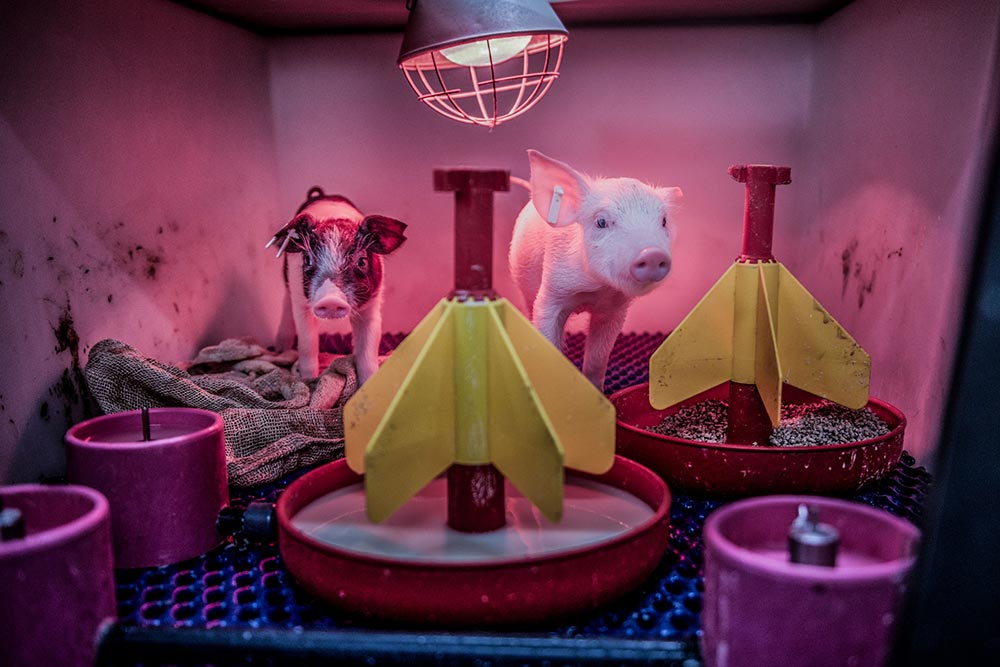
Nov. 1 - On a farm in Bavaria, German researchers are using gene editing to create pigs that could provide organs to save thousands of lives. The facility lies midway between Munich’s city center and its international airport, roughly 23 miles to the north. From the outside, it still looks like the state-run farm it once was, but peer through the windows of the old farmhouse and you’ll see rooms stuffed with cutting-edge laboratory equipment.
NEW DIABETES GENE FOUND
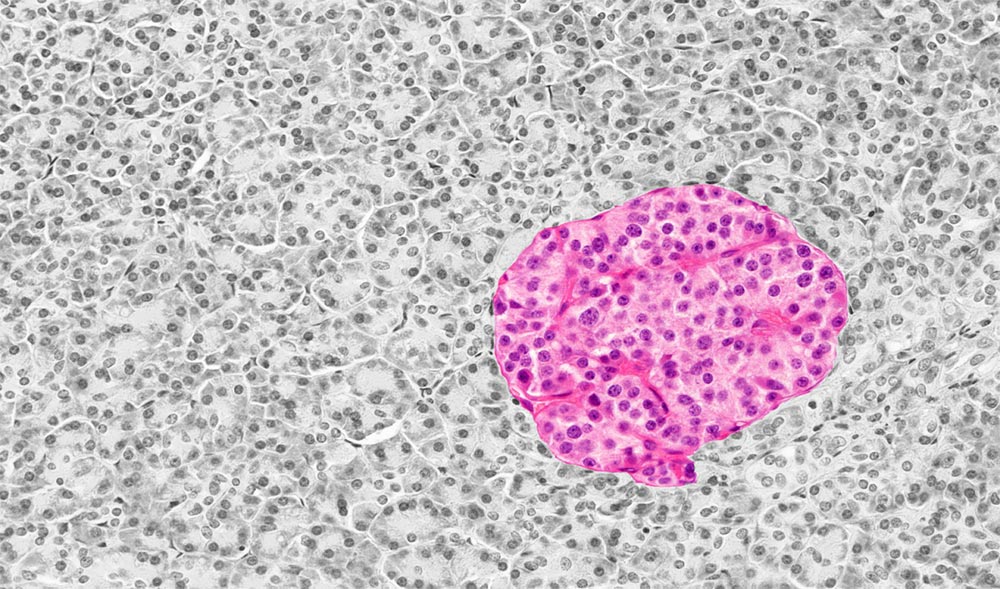
Oct. 31 - A new study by Columbia researchers has uncovered a previously unknown mechanism that allows insulin-producing cells to function properly.
UPCOMING MEETINGS AND ANNOUNCEMENTS
INTERNATIONAL TRANSPLANTATION SCIENCE MEETING 2019
ITS 2019 is set for Nov. 10-13 in Clearwater Beach, Florida. Keynote speakers include Katherine High, President and Head of R&D at Spark Therapeutics, and Ronald Germain, chief of Laboratory of Immune System Biology and Lymphocyte Biology Section at the National Institute of Allergy and Infectious Diseases National Institutes of Health.
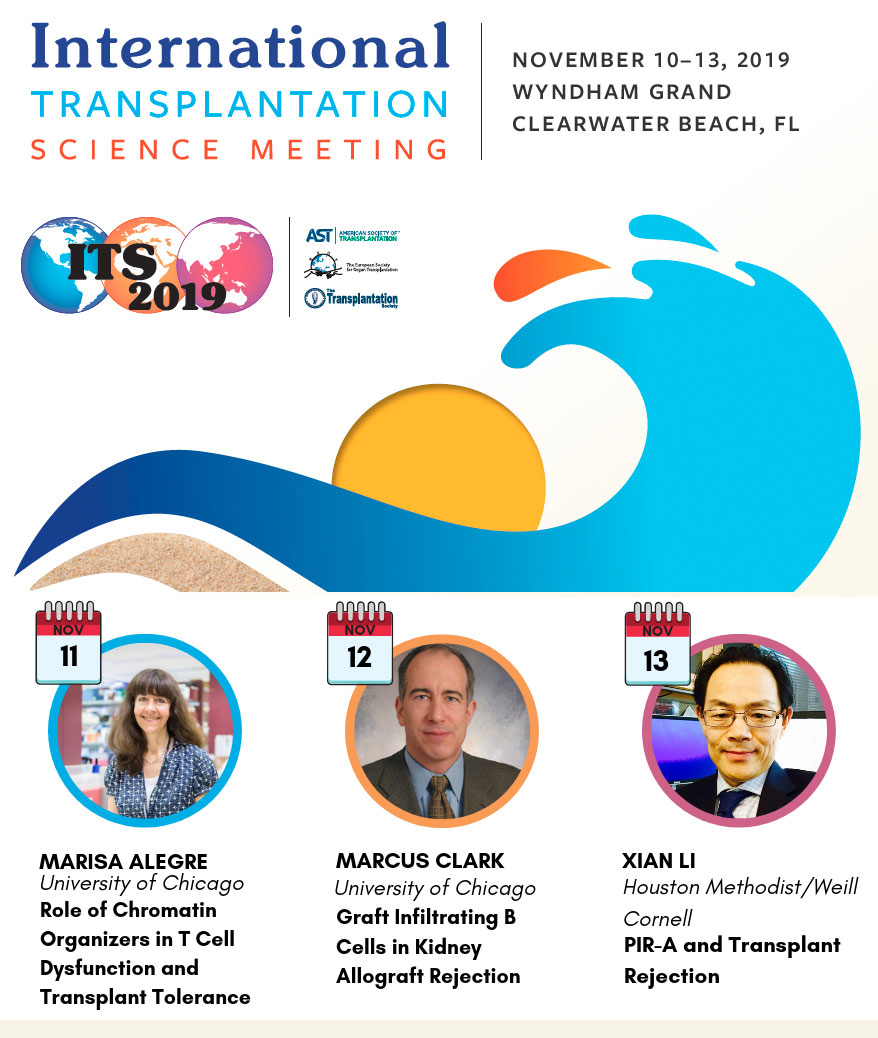
8TH PAN ARAB LIVER TRANSPLANT CONGRESS 2020
TTS-ISODP
TRANSPLANTATION SCIENCE SYMPOSIUM (TSS 2020)
Contact
Address
The Transplantation Society
International Headquarters
740 Notre-Dame Ouest
Suite 1245
Montréal, QC, H3C 3X6
Canada
Используйте Вавада казино для игры с бонусом — активируйте промокод и начните выигрывать уже сегодня!

